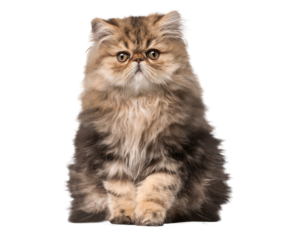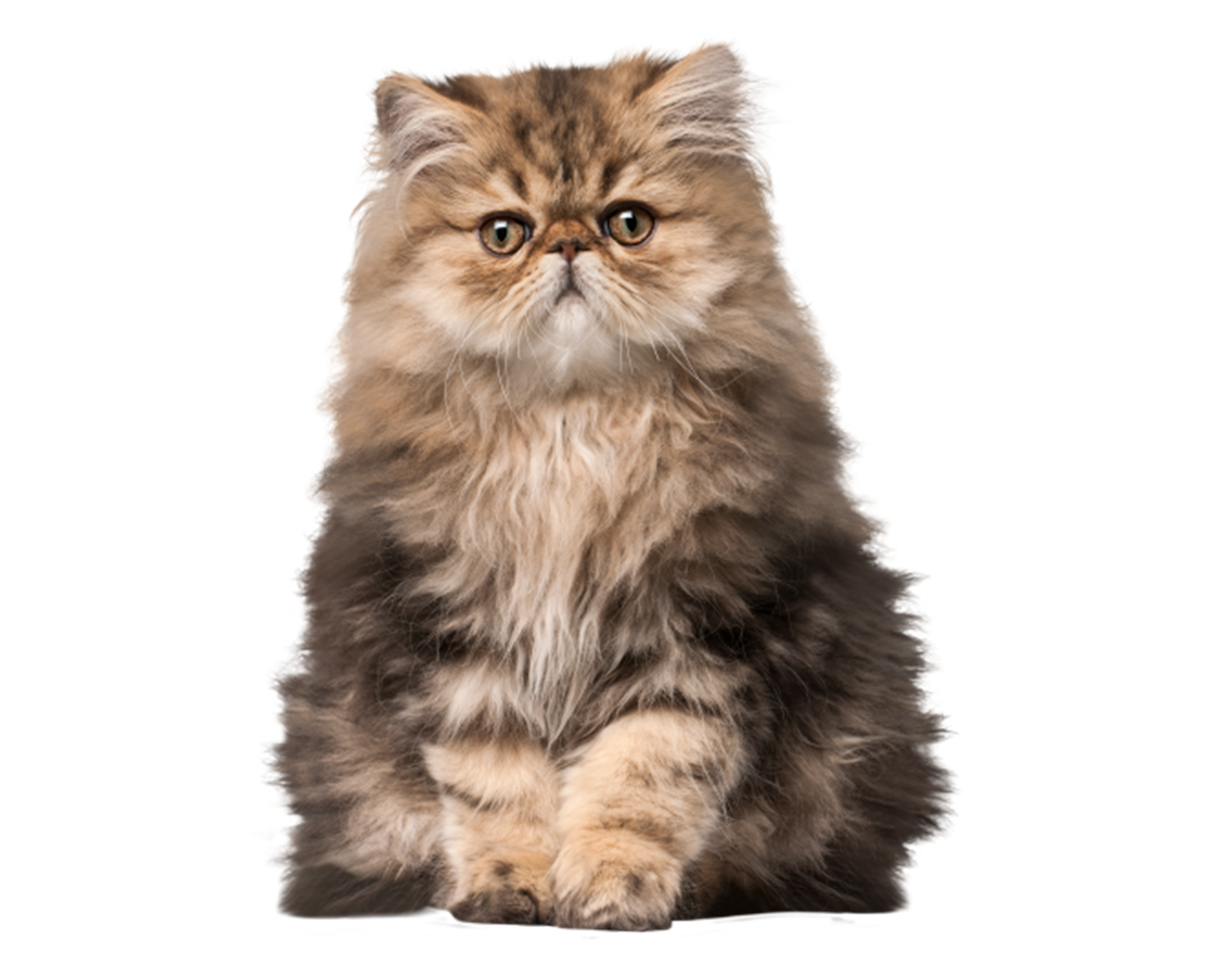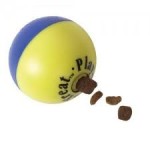I have heard many stories over the years, detailing cat intelligence, memory, and learning behaviors. Having mostly had dogs, and not so bright ones at that, I initially had trouble believing what these pet parents were telling me. Too many stories of one cat learning to open cabinets and doors, and then training and recruiting new kittens in the family. Yet, eventually, I came to see these stories no longer as bragging fantasies about their clever kitties. I, too became a believer in the crazy cleverness of some cats, and set out to learn just how they learn, think and remember.
 Feline intelligence, memory, and their brain structure and function are fascinating, complex and surprisingly similar to humans, it turns out. Wikipedia defines cat intelligence as “the capacity to learn, solve problems adapt to its environment. Research has also shown feline intelligence to include the ability to acquire new behavior that applies to learned knowledge to new situations, communicating needs and desires within a social group and responding to training cues”.
Feline intelligence, memory, and their brain structure and function are fascinating, complex and surprisingly similar to humans, it turns out. Wikipedia defines cat intelligence as “the capacity to learn, solve problems adapt to its environment. Research has also shown feline intelligence to include the ability to acquire new behavior that applies to learned knowledge to new situations, communicating needs and desires within a social group and responding to training cues”.
How Feline Memory Works
Memory involves three components: encoding, storage and retrieval. Encoding is the process where we absorb information and process it with what we already know, making it usable. The next step is storage, which is how the encoded info is maintained over a period of time. The third step is retrieval or recall, where we summon that info as needed for an activity.
A domesticated cat’s brain measures roughly 2 inches long and weighs between 0.9 to 1.1 ounces. Their brains occupy a smaller percent of body mass than that of humans and dogs, but they certainly are not dumb. Studies have found that there is no direct correlation between brain size, memory and intelligence. Researcher, Dr. Brogaard said that “Surface folding and brain structure tend to be more important than brain size, and cats’ brains have an amazing surface folding and a structure that is about 90 % similar to ours. Short-term memory depends on structures in the brain’s prefrontal cortex, in the cerebral cortex”, and another brain structure, the hippocampus, may be involved as well. The cerebral cortex is where long-term memory connections are formed. The hippocampus is needed to form and retrieve long-term memories.
Cats seem to remember things they have seen before, in addition to recalling things they’ve perceived using their sense of hearing, smell and taste. Memory is divided into three groups, the last of which is the main part of cat memory used. They don’t think in abstracts, and their memory is less complex and less reflective. They don’t learn through language, yet do learn through experience. And, those memories last for upwards of 10 years, it seems. “Often they will associate locations and their surroundings with emotions or emotional periods, like fear, stress and pain”, says researcher Dr. Thayer. “Many remember experiencing pain in the exam or treatment room, for example, or a litter box.” This is no surprise to me as a veterinarian, as I have learned to avoid certain rooms that seemed to set off patients where something unpleasant occurred. Also, they easily develop food or litter box aversions. This becomes important when they are on medication, and then stop eating their regular food because they associate it with the drug and stress involved in the treatment.
 Cats have phenomenal procedural memory (learning by doing), it turns out A classic example is when a cat comes running because he hears the can opener. Cats have been shown to make long-lasting memories by using positive reinforcement. Thus, if you treat them correctly, cats can learn quite easily. It goes back to any training, in that if you make it as stress free as possible, with lots of happy feedback and associations, you will have greater success. Negative reinforcement, on the other hand, will spook them, which will make them uncooperative. They will remember getting only the negative reinforcement coming into the situation. Reinforced learning has been shown to cause changes in the brain that are more or less permanent.
Cats have phenomenal procedural memory (learning by doing), it turns out A classic example is when a cat comes running because he hears the can opener. Cats have been shown to make long-lasting memories by using positive reinforcement. Thus, if you treat them correctly, cats can learn quite easily. It goes back to any training, in that if you make it as stress free as possible, with lots of happy feedback and associations, you will have greater success. Negative reinforcement, on the other hand, will spook them, which will make them uncooperative. They will remember getting only the negative reinforcement coming into the situation. Reinforced learning has been shown to cause changes in the brain that are more or less permanent.

Other intelligence and memory studies show that cats have a working memory span of 16 hours compared to the dogs’ 5 hours. Feline intelligence has been compared to that of a 2 year old child. They have an awareness of objects not directly visible, known as object permanence recognition in Piaget’s sensorimotor period developed during the first two years of a human child’s life.
Try this at home:
Take your cat’s favorite toy and hide it behind a piece of cardboard. If your cat recognizes that the object is still there, your cat is as smart as the average human toddler. (If they then hide your car keys in the fridge, will then they are probably smarter than you!)
Other factors that influence memory:
Aging may slow learning, recall, and the way that information is stored. This is, in part, due to the loss of brain cells, vascular changes and chronic free radical damage to cells in the brain. Good diets are important, and diseases may affect memory capacity. Veterinary behaviorists have found that as cats age, their brains undergo changes similar to those seen in humans with Alzheimer’s disease. Some studies indicated that the study cats lost their ability to find things in the house, or appeared “lost” at times. They determined that blindness or deafness was not the cause.
Diet:
Food rich in antioxidants and specific fatty acids are believed to be beneficial in improving cognitive function for all life stages. Other nutrients necessary for optimal brain function include potassium, vitamin D, B1 and B6, and manganese. Thiamine deficiency also causes neurological changes.
Offer stimulating environments:
Providing environments with toys, games and exercise is said to support mental acuity.
So, overall, it is obvious that cats are clever creatures, that can be trained. They are not unlike us in many ways. Interesting that they do better with quality diets and mental and physical stimulation and activity. We all could learn from this lesson.
Hopefully you found this information as interesting and useful as I did.
Dr. Dawn
Please share and subscribe here






